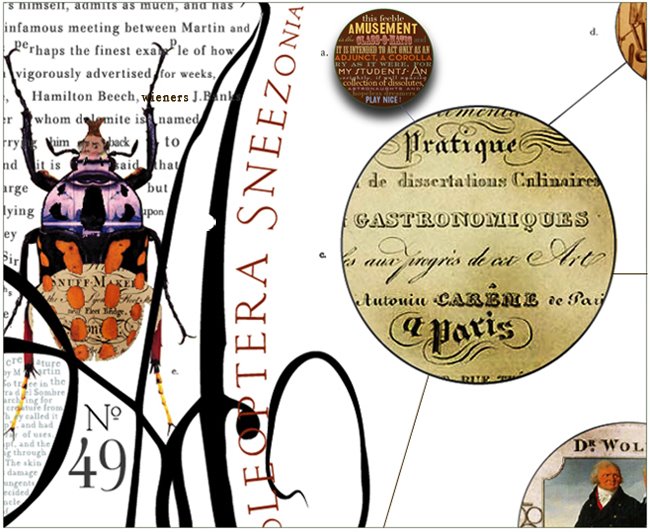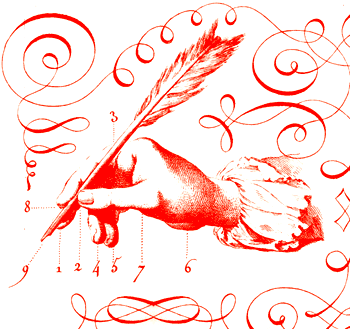

Henri de Toulouse-Lautrec, whose large, colorful posters were a familiar sight in Paris
in the 1890s has become a symbol of the Belle Epoque, that mad, extraordinary
labratory of Paris that invented the Modern.


A man of aristocratic background, he was a constant presence in
the popular cafés, concert halls, and brothels of Montmartre as he
sought escape from despair, some say, brought on by his
physical handicaps. I thinked he just liked being there,
smoking Opium, drinking Absinthe, submerged in the demi Monde...


He also circulated freely among artists and intellectuals of the day.
His poster for La Revue blanche, an adventurous literary magazine,
depicts Misia Natanson, the wife of one of the editors and a celebrated
muse whose salons he frequented.

Lautrec took up lithography at a high point in its history,
when technical advances in color printing and new possibilities for
large scale printing ( posters) led to a proliferation of poster images
as well as prints for the new bourgeois collector. In his short career,
he created more than three hundred fifty prints and thirty posters, as
well as lithographed theater programs and covers for books and sheet
music, all of which brought his avant-garde visual language to a broad
public.

Whether advertising a new product, or entertainers in a well-known
can-can troupe, Toulouse-Lautrec's posters were noteworthy for
their coarse and revealing beauty. In his more personal work,
Lautrec could see all the way to their broken hearts.


Inspired by the trés fashionable Japanese woodblock prints, and other
fin de siecle jewels of the orient, the artist incorporated diagonal perspectives,
abrupt cropping, patterns of vivid, flat color, and sinuous lines to
achieve an immediacy and directness that went far beyond the
illustrative charm of other poster makers of the day. His work still
reaches us today, a glimpse of the otherside, the shadow world of Paris.





1 comment:
You have a great, great blog - is it private? I'd love to follow it. I just blogged about the fabulous Misia Sert. Please check out my site.
Hazel
Post a Comment